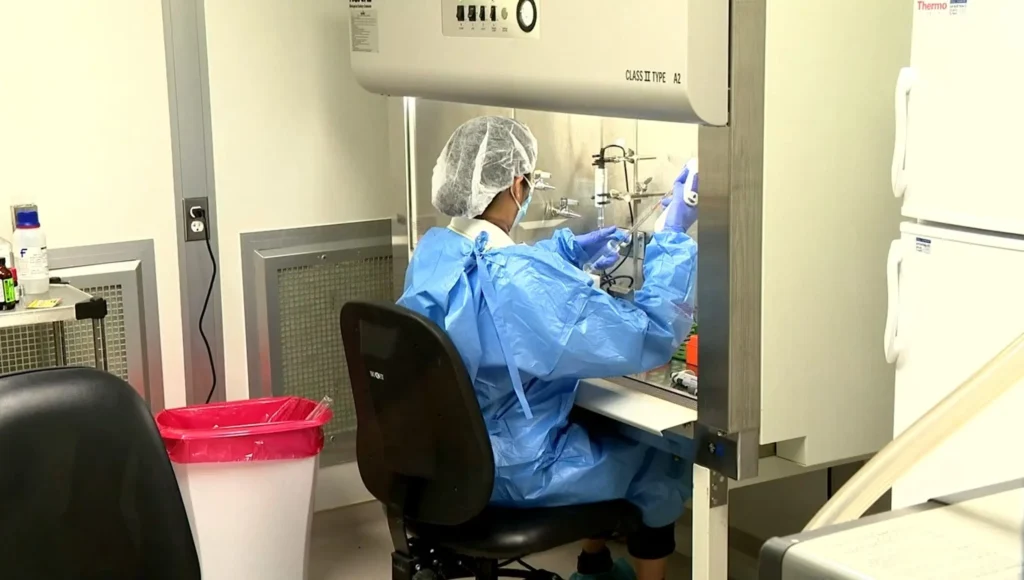Glaucoma stands as a formidable threat to vision, ranking as the second leading cause of blindness in the U.S. and the primary cause of irreversible blindness globally. This article sheds light on the nuances of glaucoma, emphasizing prevention, recognizing symptoms, and exploring available treatments.
Also Check: Revolutionary Cancer Vaccine Progresses to Phase 3 Clinical Trials with Minimal Side Effects
Unveiling Glaucoma: Causes and Impact
Glaucoma manifests as damage to the optic nerve, culminating in vision loss. A staggering prediction indicates that 111.8 million people worldwide will grapple with glaucoma by 2040. Irreversible in nature, the disease manifests through optic nerve cell loss, resulting in distinctive changes to the optic nerve head and concurrent visual field damage.
Understanding Primary Open-Angle Glaucoma
The most prevalent form of glaucoma is primary open-angle glaucoma, linked to various risk factors such as a family history of the disease, African ancestry, coexisting eye conditions like diabetes or inflammation, prior eye injuries, and elevated intraocular pressure.
Age and Glaucoma Concerns: Identifying Risks
Abnormally high eye pressure emerges as the paramount risk factor for glaucoma, being the sole modifiable and effective target for therapy. While some forms of glaucoma may develop even with normal eye pressure, the risk significantly rises with age. Early detection becomes pivotal, but the elusive nature of symptoms in the initial stages often leaves patients unaware.
The Role of Routine Eye Exams
Regular eye examinations emerge as crucial tools for identifying glaucoma risks and early signs of the disease. Clinical examination of the optic nerve head and monitoring eye pressure during these routine exams enable early intervention, potentially preventing vision loss. Glaucoma screenings are recommended from the age of 40, with subsequent intervals determined by the eye doctor, typically every 2-4 years.
Warning Signs: Navigating the Silent Onset
Glaucoma’s insidious nature means there are usually no early symptoms, underscoring the importance of screening exams. Some individuals may report gradual dimming or weakening of vision, while acute glaucoma can manifest as severe eye pain and rapid visual changes.
The Path to Treatment: Managing Glaucoma
Glaucoma treatment revolves around reducing eye pressure through medications, laser procedures, or surgery. Prescription eye drops and in-office laser treatments often stabilize most patients. Regular follow-ups remain crucial to ensuring sustained low eye pressure, with surgery being a less frequent but necessary option in some cases.
Conclusion: A Call to Action
Glaucoma awareness is not just about understanding the disease but actively participating in routine eye exams, especially as age advances. Early detection and intervention can make a significant difference in preserving vision and managing this leading cause of irreversible blindness. Stay informed, prioritize eye health, and work in tandem with eye care professionals to safeguard against the impact of glaucoma.




Pingback: Revolutionizing Brain Injury Treatment: Low-Dose Ionizing Radiation Emerges as a Potential Game-Changer - 𝐋𝐈𝐎𝐍𝐉𝐄𝐊 News